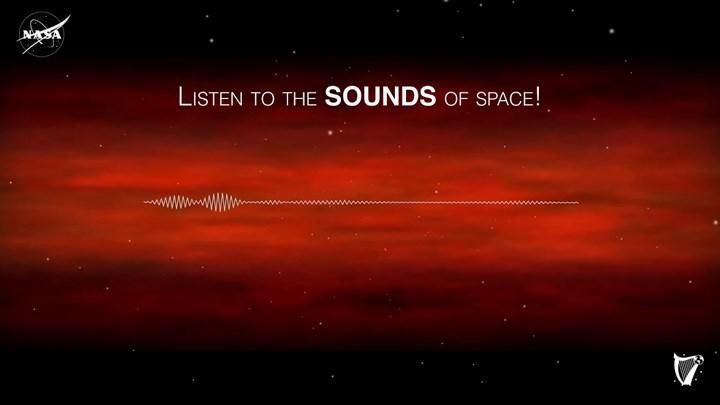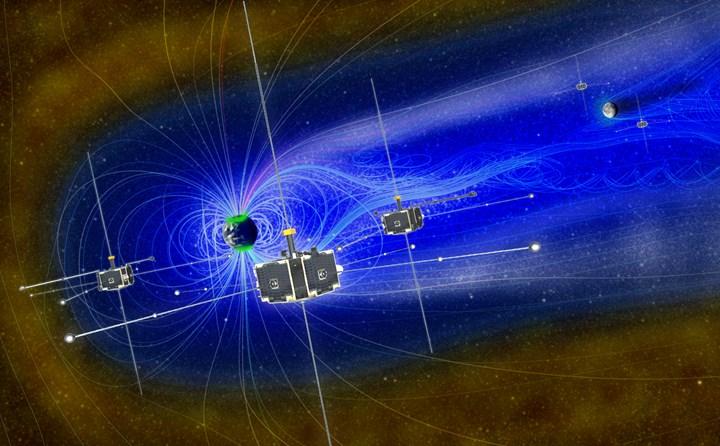 NASA’s new audio clip, released April 17, offers an eerie look at the strange and disturbing sounds produced by the Earth’s magnetic field. The shared clip features a series of shrill noises made when plasma particles from the Sun interact with Earth’s magnetic field. The project is intended for researchers to more easily detect irregularities in this “plasma shield” of the Earth.
NASA’s new audio clip, released April 17, offers an eerie look at the strange and disturbing sounds produced by the Earth’s magnetic field. The shared clip features a series of shrill noises made when plasma particles from the Sun interact with Earth’s magnetic field. The project is intended for researchers to more easily detect irregularities in this “plasma shield” of the Earth.Earth’s magnetosphere and the Sun
Earth’s magnetosphere can be characterized as the protective magnetic shield that surrounds our planet’s outer atmosphere and protects us from harmful solar radiation and solar storms. By understanding the nature of the magnetosphere and the Sun, scientists can predict and prepare information for space weather events that affect us. Solar winds are known to compress and shape the magnetosphere, causing it to form a long tail that extends far beyond Earth. Therefore, the Earth’s magnetosphere is not stable and is constantly shaped by the solar winds.
 It is stated that vibrations occur in the magnetosphere as a result of the interaction of plasma waves from the sun. It is stated that these vibrations also emit “ultra low frequency” radio waves and are detected and converted into audible sounds as part of NASA’s HARP (not HAARP) project. The foundations of the sounds captured by NASA were laid with the THEMIS mission, which was launched in 2007 and consists of a total of 5 satellites. THEMIS satellites capture these vibrations and transmit the data to Earth.
It is stated that vibrations occur in the magnetosphere as a result of the interaction of plasma waves from the sun. It is stated that these vibrations also emit “ultra low frequency” radio waves and are detected and converted into audible sounds as part of NASA’s HARP (not HAARP) project. The foundations of the sounds captured by NASA were laid with the THEMIS mission, which was launched in 2007 and consists of a total of 5 satellites. THEMIS satellites capture these vibrations and transmit the data to Earth.The project has already made a surprising discovery, with the sound segments containing patterns that contradict previous predictions. The team plans to delve deeper into these unexpected sounds. On the other hand, recording sound from the magnetosphere is not a new phenomenon for scientists. Two months ago, an X-class solar flare hit the Earth and caused radio blackouts. Thomas Ashcraft, an amateur radio astronomer, was able to capture an unusual audio recording of the explosion colliding with Earth, but Ashcraft’s recording sounded more like a loud noise. The sound obtained within the scope of the HARP project is clearer and more understandable.